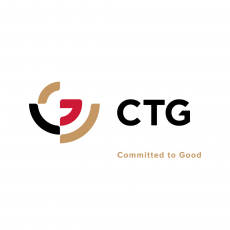UNICEF continues to support the delivery of essential healthcare services at the primary, secondary, and tertiary levels across all 34 provinces through nearly 2,400 static health facilities. Of these, In the Parent Project of the Health Emergency Response Project (HER) and Additional Financing (AF1), the World Bank focused on implementing the BPHS/EPHS with a component on maternal and newborn health, which over the past 20 years has not entirely solved the quality gap. This component encompasses capacity building of health care providers on essential and emergency newborn care trainings, Kangaroo Mother Care, use of oxygen therapy for children, strengthening of special care newborn units (SCNUs), Paediatric Care Units (PICUS), PPH prevention and management, QoC onsite mentoring for high load facilities, Community Health Workers Capacity Building, High Impact supplies especially newborn equipment’s etc UNICEF has planned to procure supply items across 24 Province in 150 Health facilities, high-impact MNCH supply categories, ranging from medical equipment such as radiant warmers, suction machines, and incubators to innovative devices like transcutaneous bilirubinometers and anti-shock garments. Tracking the use of these products and maintaining real-time inventory is crucial, given the large number of supply items, specialized equipment, and innovative products being introduced. Therefore, the health section requires the services of a HIVA MNH Clinical Monitoring extender.
Objective: Extenders are responsible for performing a variety of tasks, as detailed below, to support monitoring activities, demand generation, accountability mechanisms for affected populations, technical facilitation, and program implementation. These responsibilities, described comprehensively in the sections that follow, do not grant any programmatic or financial authority. Extenders are selected from Afghan citizens with specialized expertise and in-depth knowledge of the areas in which they operate, derived from their residency and/or professional experience.
Key duties and responsibilities:
1. Situation analysis and assessment
Conduct and update the situation analysis for the development, design and management of HIVA RMNCH intervention. for higher management use to enhance programmed management, efficiency and delivery of results.
2. Monitoring:
Conduct regular visits to monitor lifesaving HIVA RMNCH intervention and activities supported by UNICEF with main focus on high dependency unit.
3. Technical support
Capacity building of the medical cadre
4. Coordination and Reporting




